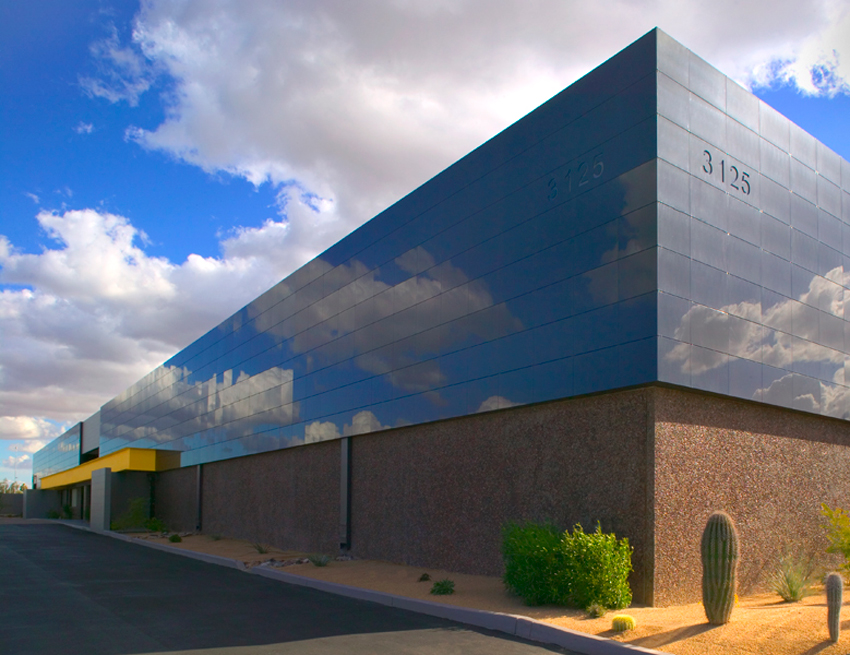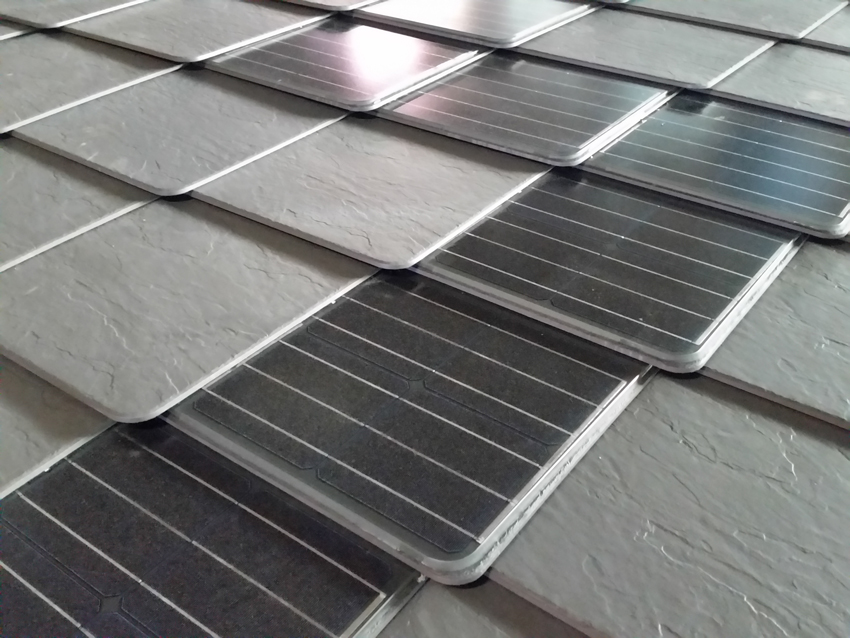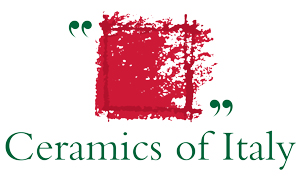Innovations That Drive Sustainable Ceramic Material Selection
As discussed in the Slate House example, it is important to design for the stiffness of the substrate when using large-format tiles. According to the standards, floor systems, including the framing system and subfloor panels upon which tiles shall be placed, shall be in conformance with the International Residential Code (IRC) for residential applications, International Building Code (IBC) for commercial applications, or other applicable building codes. Additionally, wood-framed floor systems over which gauged porcelain tile or gauged porcelain tiles/panels/slabs will be installed shall be in conformance with TCNA Handbook methods F250 Stone, F141 Stone, or RH141Stone. All specifiers should consult tile and setting material manufacturer for their specific recommendations.
Not only substrate but also the grout and backing that is used can make a difference. The next generation of ceramic flooring includes ceramic tiles on flexible, lightweight, load-bearing, fabric-reinforced, “peel-and-stick,” sound-reducing, and crack-isolation membranes made from recycled materials. These systems exceed ANSI A118.13 and ANSI A118.12. These systems are being used in hotels and condominium interiors as well as restaurants to assist with acoustic strategies.

Photo: © Michael P. Johnson Design Studio
The Wilkinson Office and Warehouse Building in Phoenix demonstrate the potential for designers to renovate existing buildings with ventilated facades that save energy.
Sustainability and Energy Savings
Energy savings can also be obtained by the use of porcelain cladding in ventilated wall facades as seen in the Wilkinson Office and Warehouse renovation in Phoenix. An engineering division is usually part of a manufacturer for exterior porcelain large-format cladding. For this large-scale installation, the design firm partnered with the tile manufacturing engineering division to assist with the design of a ventilated screen that cut energy demands for heating and cooling this building. The continuous mirrored surface porcelain facade is fitted using a system of exposed hooks. This screen, composed of 60-by-60-centimeter (2-by-2-foot) panels demonstrates the versatility of using a lightweight large-format porcelain panel with a digitally imprinted, energy-efficient mirrored surface.
In hot weather, the coating system reduces the thermal load on the building due to the partial reflection of the solar radiation incident on the cladding, the ventilation that develops in the air space (“chimney effect”), and the presence of the continuous insulation outside the wall. In cold weather, the ventilated facade helps to retain the heat inside the rooms, thanks to the engineered closures of the openings at the base and at the top so that the layer of air present inside the cavity acts as further insulation. Laying the insulating panels continuously allows the elimination of thermal bridges and prevents the formation of condensation and mold. This engineered facade results in considerable energy savings.

Photo courtesy of Ardogres
Ceramic slate roof tiles are formed by the assembly of multiple modules, converting sunlight into electric power.
Future Advances
After 25 years, the advances in the ceramics industry continue to grow as material scientists explore new technologies and digital advances. Rapidly evolving technology is creating ceramics that are “functionalized.” This engineering movement includes scientists with expertise in microelectronics, telecommunication, optics, biotechnology, energy, the environment, and health. New applications for ceramics include photo-catalytic panels, antibacterial surface, panels capable of eliminating atmospheric pollutants, and panels for the visually impaired.
Photovoltaic tiles formed by the assembly of multiple modules converting sunlight into electric power are fully integrated into ceramic slate roof systems. Examples of antibacterial and self-cleaning surfaces are already part of urban facades and the hospitality portfolio. Manipulating earth and fire, digital imprinting, and high fire compression, humans continue to expand the use of a material that is strong, enduring, and sustainable.
Acknowledgment
Cover Image: Fractile by Casalgrande Padana
End notes
1"Environmental Product Declaration." Italian Ceramic Tiles – Confindustria Ceramica. 26 Sept. 2016. Web. 2 October, 2018.
2Ferrari, A.M. et al. "Comparative LCA analyses of different types of flooring materials." Confindustria Ceramica. 28 Nov. 2013. Web. 15 Sept. 2018.
3"EN15801—2012 Sustainability of construction works, Environmental product declarations, Core rules for the product category of construction products." European Standard. Web. 15 Sept. 2018.
4Production Process. LEA Ceramiche. Web. 2 Oct. 2018.
5"TCNA Technical Bulletin: Coefficient of Friction and the DCOF AcuTest." 2013. Web. 15 Sept. 2018.
Celeste Allen Novak is an architect and author whose Michigan practice focuses on sustainable and universal design. www.linkedin.com/in/celestenovak









